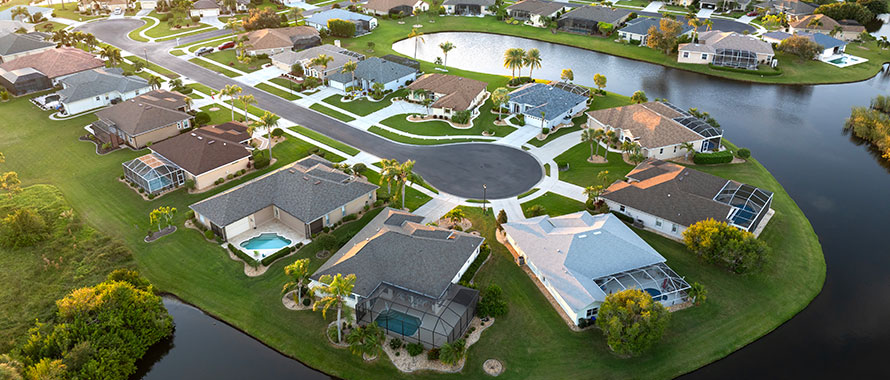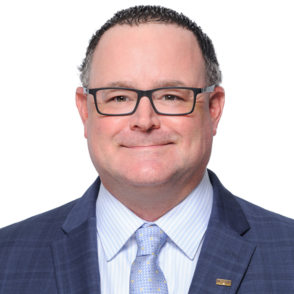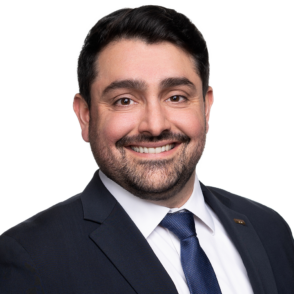Soaring premiums, fewer carriers and worsening weather trends are contributing to an insurance crisis for homeowners in many areas of the U.S. In New Orleans, Louisiana, the market for Homeowners Insurance is “crumbling,” CNN reported March 29, with one resident telling the news outlet that his premiums increased from $1,600 per year in 2022 to $4,930 after his previous carrier pulled out of the state entirely.
Featured Solutions
“We felt a lot of this coming,” said Bart Dugdale, Associate Managing Director, Burns & Wilcox, Ruston, Louisiana. “A lot of what drives our market in Louisiana would be catastrophic events, primarily from the hurricanes.” Even with a relatively quiet season in the state last year, though, catastrophic losses in other regions — from the wildfires in Hawaii to hailstorms and flooding in other states — had a tremendous impact on the market, contributing to one of the largest loss years in recent history, Dugdale said.
In California, insurance carriers have been retreating to some extent for the past several years, but this has escalated over the past year, said Tom Carvalho, Associate Managing Director, Senior Underwriter, Personal Insurance, Burns & Wilcox, San Francisco, California. Just this month, about 7,000 San Diego County homeowners learned they would need to find a new policy after another carrier, American National, announced it would stop doing business in the state, ABC 10 News reported.
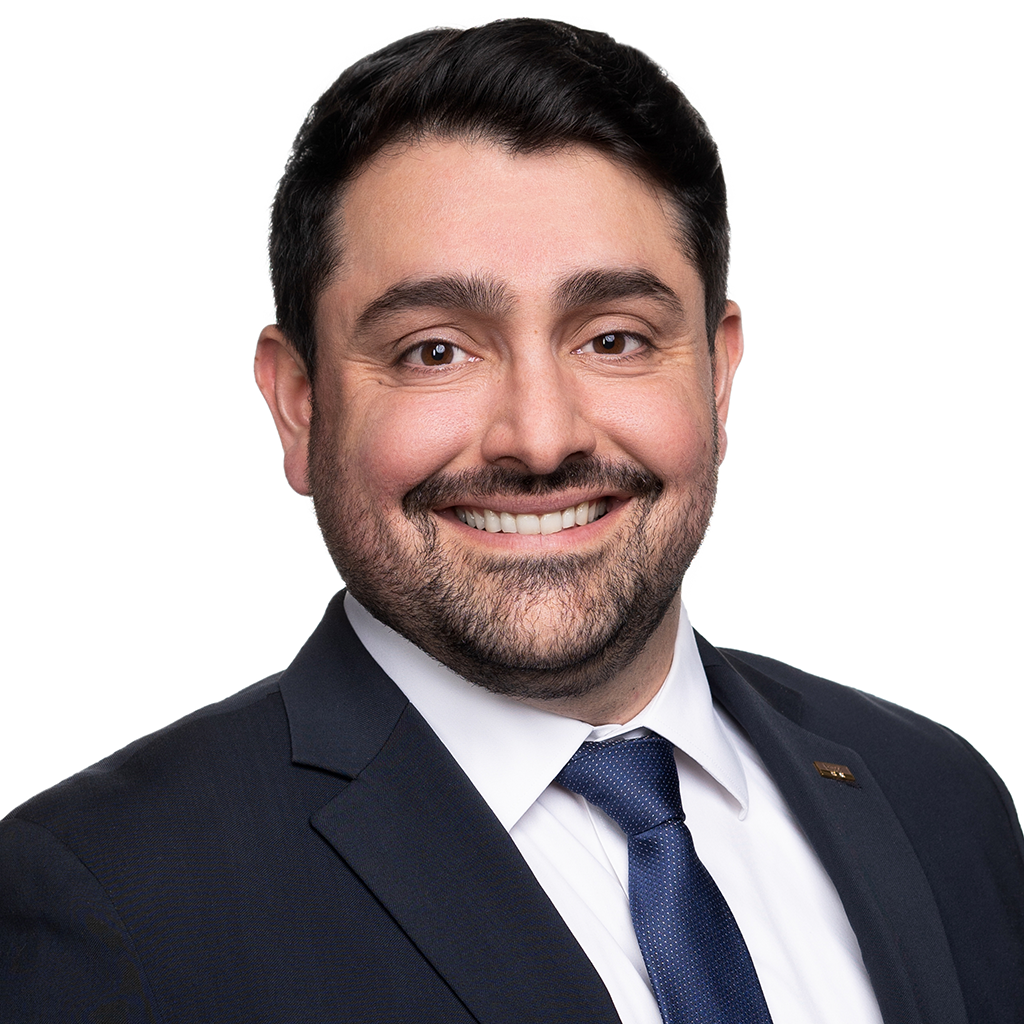
We have seen that happening carrier by carrier, over and over again, leading up to where we are at now with the admitted markets really pulling back.
“We have been seeing these actions slowly happening over time, but it has accelerated now,” he said. “We have seen that happening carrier by carrier, over and over again, leading up to where we are at now with the admitted markets really pulling back.”
Some areas could be ‘uninsurable’ as severe weather worsens
According to the recent data from Insurify on projected Homeowners Insurance rates, Florida homeowners will continue to pay the most for their policies, followed by Louisiana, Oklahoma and Texas. In addition to Louisiana’s projected 23% rate hike, other double-digit increases include a 19% jump in Maine, 14% in Michigan, 13% in Utah, 12% in Montana, 11% in South Carolina, 10% in North Carolina and 10% in Illinois.
As climate change leads to more frequent and intense severe weather events, homeowners in high-risk areas may see their options for Homeowners Insurance continue to be limited, and some of the highest-risk areas could even “become uninsurable,” according to Insurify. Last fall, an analysis from the nonprofit First Street Foundation warned that the risk of wildfire in parts of California made the areas “essentially uninsurable,” and about one-quarter of U.S. real estate overall was at risk for increased insurance prices and reduced coverage due to climate change, CBS News reported in September of 2023.
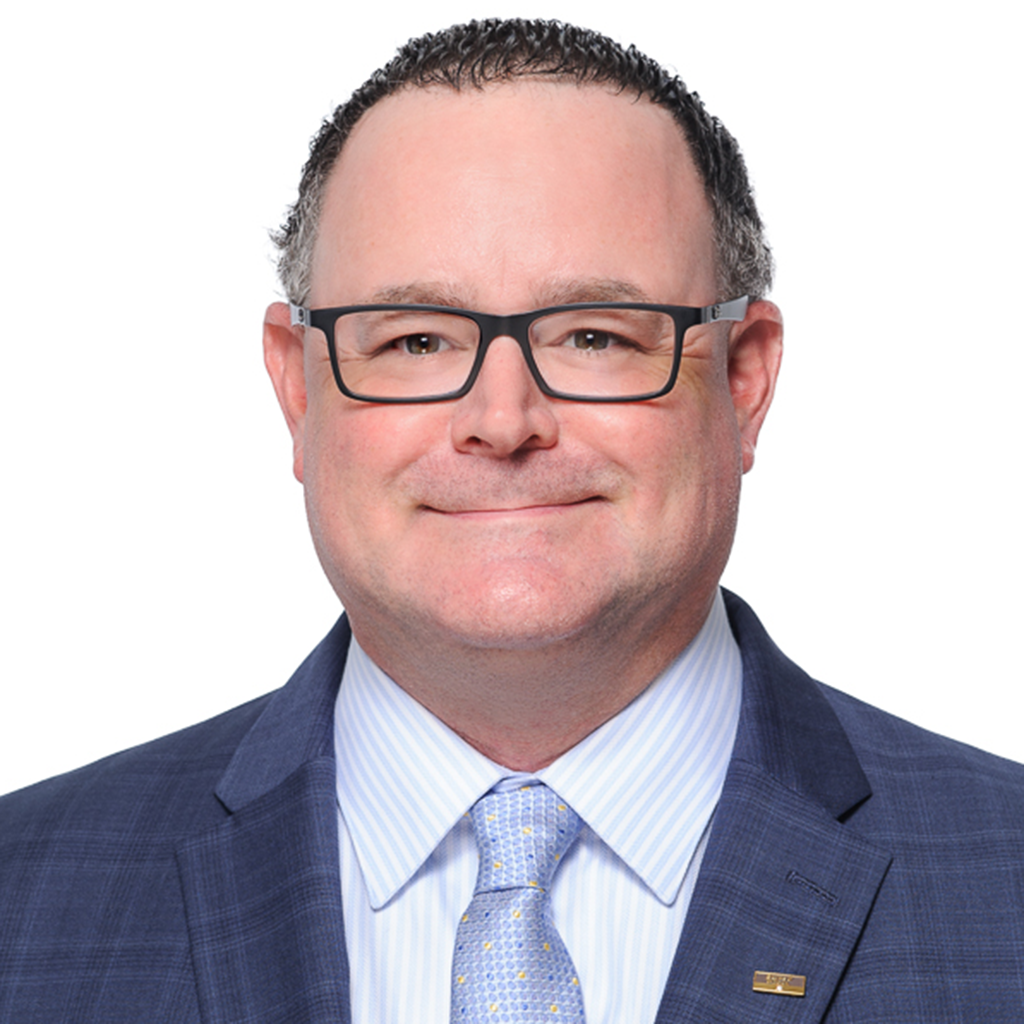
There are now up to eight new regional carriers that have entered the Florida marketplace. It signals new capital that is willing to come and invest back into the insurance market in Florida.
These trends are “not surprising,” said Chris Siegel, Associate Vice President, Managing Director, Burns & Wilcox, Orlando, Florida. “It is not shocking,” he said. However, Florida may show signs of progress on the horizon, according to Siegel.
“What has happened over time within the Florida marketplace is slowly starting to be reversed,” he said. “Legislation was passed roughly within the past year that has made it a more favorable environment for carriers to consider Florida as a safer place to do business.”
Some of those changes, including ending one-way attorney fees in Homeowners Insurance litigation, are “starting to have a positive impact on the marketplace,” Siegel said. “There are now up to eight new regional carriers that have entered the Florida marketplace. It signals new capital that is willing to come and invest back into the insurance market in Florida.”
Homeowners look to ‘insurers of last resort’
As more insurance carriers withdraw from the Homeowners Insurance market, homeowners are increasingly being left to seek coverage through their state’s “insurer of last resort,” which may offer more limited coverage for a higher cost, CNN recently reported. In California, the insurer of last resort is the California FAIR Plan, but officials have recently warned that the program is overwhelmed, and its “financial stability” is unclear, CBS News reported March 25. The program has doubled in size over the last three years, the California Department of Insurance noted at a recent hearing.
According to Carvalho, insurance carriers appear to be “considering the increased frequency of large-scale catastrophic events” and may also have issues getting rates approved by the Department of Insurance “that would be in line with their modeled risk and reinsurance costs.”
“These seem to be the two leading reasons that admitted carriers have continued to pull back their offerings in the state over the last several years,” he said. “Homeowners in high-risk areas are obviously most affected as they have the fewest options available to them in the voluntary market. They may have to resort to the California FAIR Plan.”
Homeowners in lower-risk areas may also be feeling the impact of these trends “as the admitted market searches for ways to improve their outlook in the state,” Carvalho said. “We have seen admitted markets non-renewing or no longer writing older homes or rentals in lower-risk areas,” he said.
It is a challenging situation for insurance carriers and one that is not easily solved, Dugdale said. “The losses have been so large in the past several years that some Homeowners Insurance markets cannot even get the rate that they need to even justify staying in the market,” he said. “That then kicks it over into the Excess & Surplus side, and what states and brokers have to do is figure out how we attract more markets into our respective areas.”

Insurance is for the unplanned, unknown catastrophic events, and as of late, some of those events are not as much unknown — and so the market has to adjust.
Addressing the issue may require the intervention of policymakers on issues such as social inflation, Dugdale said. “The social inflation aspect is really tough to model — maybe nearly impossible,” he said. “That is where policy has to be set in order to create an advantageous environment to attract new carriers into the respective states that have been hit the hardest.”
The possible solutions could mean changes to how homeowners are insured, “whether it be through more self-retention, deductibles, changes in coverage, or maybe forms they were not used to having on a policy that they may have to accept now because of the market,” Dugdale explained. “Insurance is for the unplanned, unknown catastrophic events, and as of late, some of those events are not as much unknown — and so the market has to adjust.”
In Florida, some of the “significant dynamic shifts over the past 16 to 18 months” in the Homeowners Insurance marketplace should offer some relief to homeowners. “To a degree, there may be hope on the horizon,” Siegel said. “Hope will be a flattening in the pricing in the market itself. We may not see significant rate reduction in the next year or two, but we at least have flattened.”
Tips for finding coverage
Given the challenges in today’s Homeowners Insurance market, individuals seeking coverage will benefit from educating themselves on policies and working with a knowledgeable insurance broker.
“I think working with a broker can be very beneficial in this market,” Carvalho said. “A few years ago, homeowners could give a couple of captive agents a call or find solutions online that would largely meet their needs and be affordable. As several carriers have pulled back their offerings in the state [of California], it seems having a broker to help navigate the options available is very valuable.”
Siegel agreed, encouraging homeowners to “partner with knowledgeable and reputable insurance brokers within their given area.”
“They want to partner with brokers that have multiple markets for them to be shopped at rather than an individual. You want to see what the market has available,” he said. “Also, work with someone who can get creative in some of the coverages that they can provide, limit, or specifically exclude if you are willing to take the risk related to the premium savings involved. While we will always stress maximizing the coverage available to you and providing the best terms possible, we understand what I like to call ‘value engineering.’ Be confident that you are still insured to a level that makes you comfortable, but you are doing so also with the comfort of your pocketbook in mind.”
Homeowners should also carefully review the policies they are considering, keeping in mind that today’s options may not be what they were before, Dugdale pointed out. “We are going to have to accept the fact that the times ahead are going to be different from the previous times,” he said. “That is going to mean, particularly for places like coastal properties in South Louisiana, having the option of coverage is better than no option at all. Is that option the same as it was a year or two ago? Unfortunately, no, but it has to make sense for insurance companies to offer products. For a homeowner to get the coverage that they have historically had, if that option is available, then the rate is going to reflect that coverage.”
Working with an informed broker is the first step, Dugdale said. “Start the conversation and ask questions,” he said. “Become informed about the coverages. Nobody likes insurance until they need it and then they are glad they have it. Affordability is a huge factor and that does not need to be diminished at all, but by being informed and by working with a knowledgeable broker, you can decide what is important to you. Homeowners probably just need to be a little bit more actively involved in the process. Insurance companies truly want to help our clients.”

